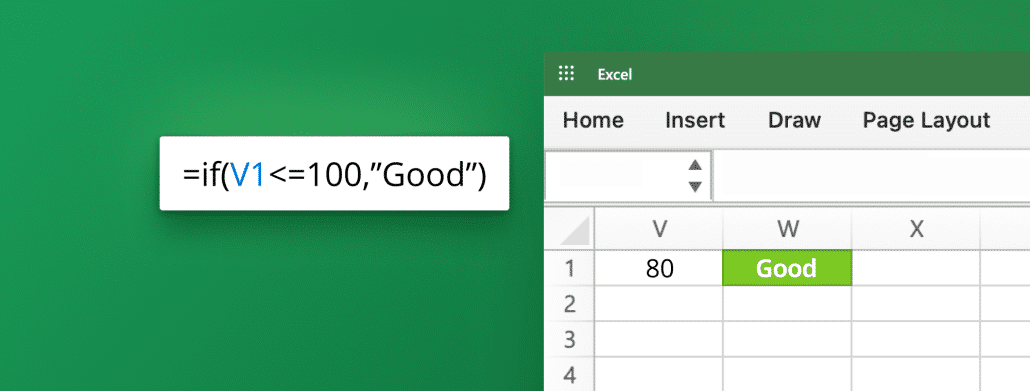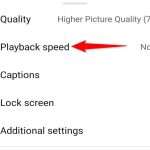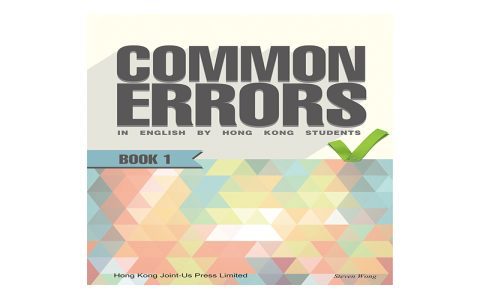The less than or equal to operator () is a fundamental comparison operator in Excel, used to evaluate if one value is less than or another value or equal to it. It returns TRUE if the condition is met, and FALSE otherwise.
Core Function & Syntax
The basic structure is:
=Value1 <= Value2

- Value1 and Value2 can be numbers, cell references, dates, times, or text strings.
- The operator must be typed as (less than symbol followed by equals symbol). There is no dedicated button.
- Examples:
=5 <= 10ReturnsTRUE=A2 <= B2Compares values in cells A2 and B2.="Apple" <= "Banana"ReturnsTRUE(A comes before B alphabetically).=DATE(2023,12,31) <= TODAY()Checks if Dec 31, 2023, is today or earlier.
Common Applications in Formulas
- Logical Functions:
=IF(A1 <= 100, "Within Budget", "Over Budget")Checks if A1 is <= 100.
- Conditional Summing/Counting:
=SUMIF(Sales, "<=1000")Sums values in the 'Sales' range that are <= 1000.=COUNTIF(Scores, "<=60")Counts entries in 'Scores' <= 60.
- Conditional Formatting: Create rules like "Format cells if Cell Value <= 50" to highlight specific values.
- Filtering & Sorting: Use AutoFilter to show rows where a column is <= a specified value. Sorting places smaller values (or earlier text/dates) first.
Important Considerations
- Case Sensitivity: Text comparisons () are not case-sensitive in standard Excel functions (
APPLE=applefor ordering). - Dates/Times: Excel stores dates as serial numbers. Comparing them with works correctly based on chronological order.
- Mixed Data: Comparing a number to text using may result in a
#VALUE!error. - Combining Operators: Use with
AND/ORfor complex criteria (e.g.,=AND(B2 = 50)).












